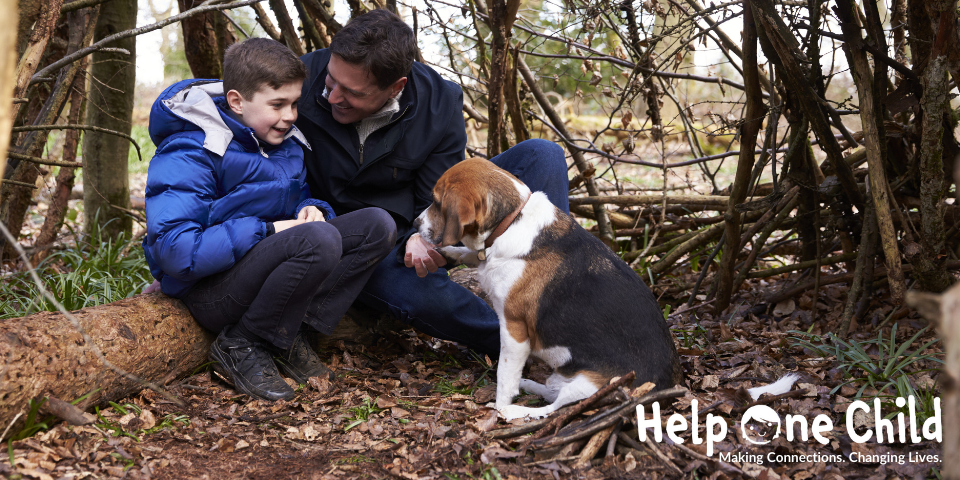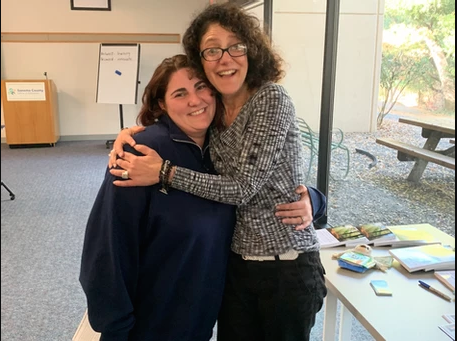How to Navigate Meltdowns While Strengthening Your Parenting Skills
Grandmother’s Conniption Fits Are Dysregulation
I once visited a school in New Mexico for children who have experienced severe trauma and neglect. I witnessed a child, Ginny, fly into what my grandmother used to call “a conniption fit.” We have all experienced these meltdowns in one way or another. Today, we use the term “a state of dysregulation” to describe these conniption fits.
Ginny was clearly in a state of dysregulation as she lay on the floor screaming, shaking and crying. I don’t know what triggered her, but I have revered the way her teacher handled it. He immediately stopped his lesson, took a deep breath and observed what was happening with her.
He came over to her, silently knelt down and let Ginny know he was there. Then, the classroom assistant brought over the school dog, Chico. He mirrored the teacher’s quiet, calm demeanor and also took his place beside her. In a moment, Ginny noticed Chico and reached over to touch him.
Her teacher quietly suggested, “let’s go for a walk with Chico.” She shakily got up and went outside. They just walked as she held onto Chico’s long fur. After about 10 minutes, I saw them under a tree where they were quietly sitting with Chico and talking.
Yes, this example took place in an ideal setting where Ginny was surrounded by people who were trained to help her through her periods of dysregulation.
We do not parent in ideal circumstances, but the following practical applications illustrated in this example can help us navigate through dysregulation:
- The first step as a parent is to know your own feelings and regulate yourself. Staying calm minimizes their perception of threat and helps them to experience you as a safe person. By mirroring the behavior we desire in our children, we can help them self-regulate. Take a breath, observe them, choose your reaction and be present.
- Using your power of observation is in part an antidote to not taking the behavior personally. It gives you time to breathe, separate yourself from the behavior and learn more about your child. Attune to your child, so you can more readily recognize signs of dysregulation. Traumatized brains have been pre-wired to see danger and threat everywhere. Therefore, based on developmental experiences they may have atypical reactions to typical situations. Get to know what triggers those reactions, and what reactions to anticipate. Be curious about the inner workings of your child.
- Develop a self-regulation toolbox for your child. For Ginny, the therapy dog named Chico, going for a walk and being with her trusted teacher were all part of her toolbox. Whatever tools may be in your child’s toolbox, be prepared to offer them to support self-regulation. Soothing relationships, such as a therapy dog, must be established before dysregulation.
- After your child has self-regulated, wonder aloud with them as to what happened to upset them. Express your curiosity in a soft and warm manner. Then, tuck that knowledge away for the future.
Parenting traumatized children is a demanding and difficult job. The more attuned you are to your child, the more you are able to respond to your child’s needs. By approaching your child – even in meltdown moments – with a genuine curiosity, you are able to learn more about how your child functions to be a stronger parent going forward.
David Bergesen, MFT is married with two adult children and a 5-year old adopted grandson. As founder of COFY, Community Options for Family and Youth, in Contra Costa County, and recently retired, David has worked with youth affected by trauma and their families for over 35 years through TBS, probation, and residential programs, many with IEP and mental health needs. He recently retired from COFY and is carrying the same goal and mission to serve a diverse population and prioritizes families who do not get the attention and resources they deserve in the process of starting a community based, trauma informed care nonprofit and is a big advocate for using the ARC Model.









